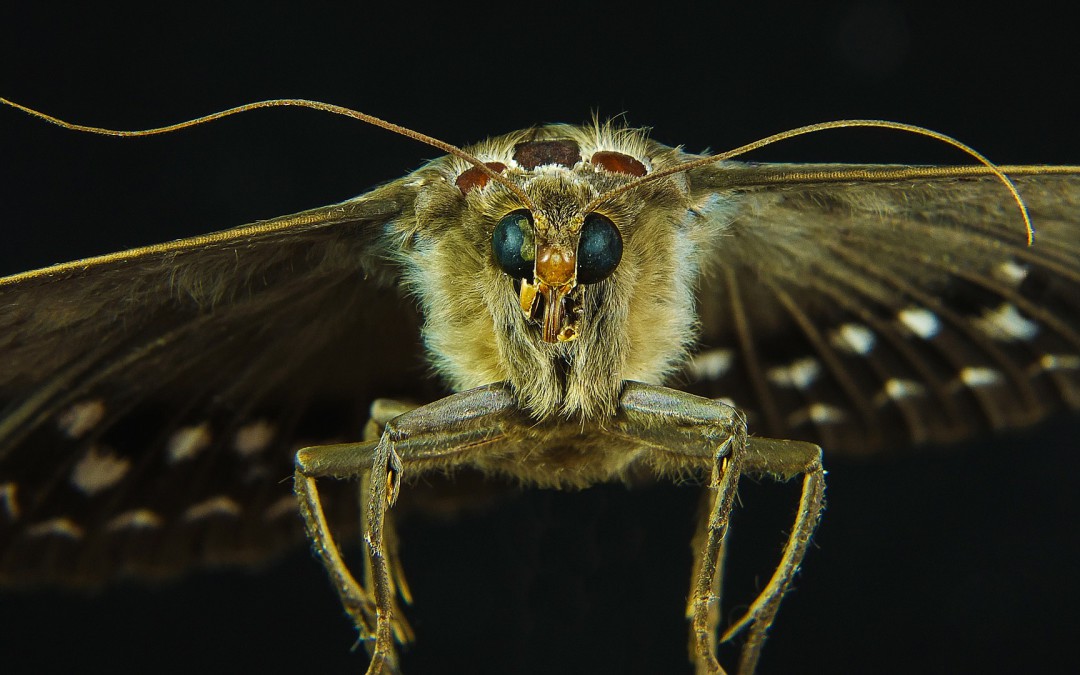The scientific community continues to tout graphene’s amazing properties, and one of its most recent promising applications takes its inspiration from an unlikely source: moths. Before we get into what graphene could possibly have to do with this unassuming insect, let’s review the properties that make graphene such a promising material to invest in:
Like something straight out of a comic book, graphene’s properties are unheard of among current materials on the market. This wonder material is 200 times stronger than steel and able to conduct electricity 1000 times faster than copper. As if that’s not impressive enough, graphene is also flexible, stretchy, and transparent. Oh, and it’s a million times thinner than a single strand of hair.
Graphene clearly proves that good things come in small packages. The material’s extreme thinness, however, has presented researchers with a unique set of challenges as well as opportunities. The thin flat material will be critical in medical and electronic applications.However, graphene has proven inefficient at absorbing light, which has delayed the progress of potential optical applications.
All that’s about to change. New research out of the University of Surrey has demonstrated how graphene can be boosted to absorb 90 percent more incident light, rendering graphene the most light absorbent material for its weight to date. The research appears in a new paper in Science Advances. So how did the research team, led by Professor Ravi Silva, work with graphene’s unique properties to supercharge its light absorption to such an impressive extent? Looking to nature, moths–of all creatures–inspired the research team’s solution.
“Moths’ eyes have microscopic patterning that allows them to see in the dimmest conditions. These work by channelling light towards the middle of the eye, with the added benefit of eliminating reflections, which would otherwise alert predators of their location,” explained Professor Silva. “We have used the same technique to make an amazingly thin, efficient, light-absorbent material by patterning graphene in a similar fashion,” he explained.
The team employed a technique called nanotexturing, which involves growing graphene around a textured metallic surface. By creating a texture on the graphene sheet, light can be localized into the spaces between the pattern, thereby creating a kind of “smart” lining that is able to absorb 90 percent more light.
This inspired approach could have all sorts of amazing tech applications. Here are just a few initial uses that Professor Silva noted:
- Solar cells coated with nanotextured sheets could harvest dim light
- Infrared imaging in opto-MEMs devices
- Indoor installation could yield smart wallpaper to generate electricity from light or heat that is typically wasted
- New sensors and energy harvesters for electronic devices could improve performance and efficiency
The recent developments in manipulating the way graphene absorbs light supports the notion that resources found in nature can enhance manmade substances in entirely new and unexpected ways. The natural world is valuable for many reasons, and facilitating the next frontier in cutting edge technology is a source of value that is not often cited. It’s worth remembering that along with the research team at the University of Surrey, we have moths to thank for this big breakthrough.

